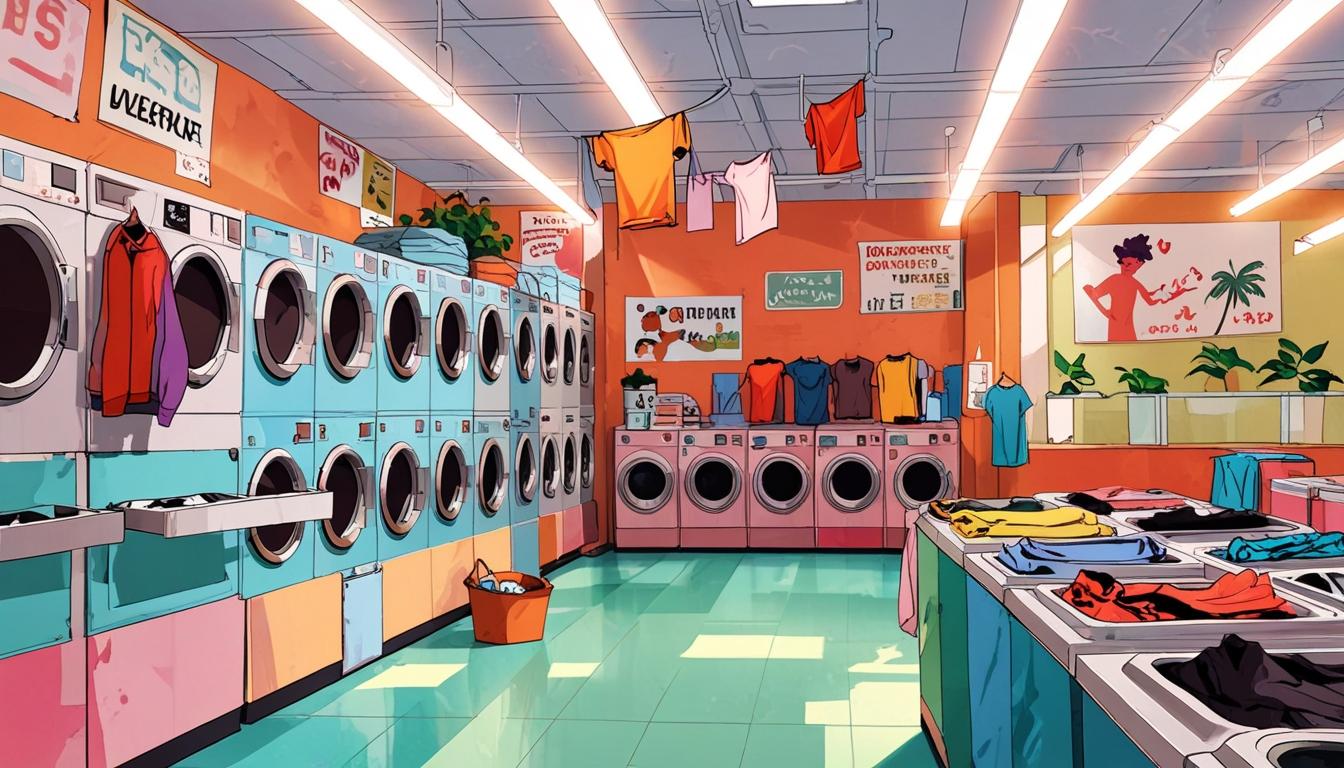New washing recommendations from France prompt discussions about environmental impact and garment care in Europe, as experts weigh in on best practices.
Earlier this year, the French government issued recommendations regarding the washing of clothing that sparked discussions about laundry habits and sustainability. According to their guidelines, citizens should wash jeans after thirty wears, bras after seven days, and underwear after a single use. Sportswear, in particular, was advised to be washed after one to three workouts. In contrast, the Netherlands does not have specific washing guidelines, though the emphasis on reducing washing frequency persists in both countries due to its potential benefits in conserving water and energy while prolonging the lifespan of garments.
Angela Bolt, a clothing expert at Milieu Centraal, addressed common concerns about whether sportswear truly requires immediate washing after every use, particularly after light exercises. “After light exercise, such as a gentle yoga class or a walk, sportswear doesn’t need to be washed immediately,” she explained. However, she does advise airing out synthetic fabrics, which can trap moisture and bacteria, contributing to unpleasant odors. “It’s wise to air out synthetic fabrics or cotton well,” she noted.
When clothing is heavily sweat-soaked, washing it immediately becomes advisable, particularly for individuals with sensitive skin or those prone to infections. Bolt recommends washing at the lowest possible temperature with a full load and suggests air drying instead of using a dryer, which can help to reduce fabric wear and save energy.
Observations from Paulien Harmsen, a researcher of sustainable textiles at Wageningen University, add another perspective on the sustainability practices surrounding sportswear. She expressed amusement at the French guideline of three wears, stating, “After I’ve exercised, my clothes are soaking wet. There’s no way I would consider wearing it three more times.” Harmsen acknowledges the importance of sustainability but emphasizes the necessity of using common sense in such matters.
When it comes to purchasing decisions, both experts agree that opting for second-hand sportswear is a superior choice for environmental sustainability. However, there are differing views on the hygiene of second-hand items. While Harmsen considers them “dirty,” Bolt finds no issues with them, though she cautions that second-hand purchases are only sustainable if they do not require extensive transportation, which could offset their environmental benefits.
For consumers considering new purchases, Harmsen highlights the complexity of selecting sustainable materials. Synthetic fibers like polyester, nylon, and spandex are favored for their elasticity and moisture-wicking capabilities but are derived from petroleum, leading to CO? emissions and contributing to microplastic pollution during washing cycles. On the other hand, natural fibers such as cotton are less common in sportswear due to their moisture retention and slow drying properties, coupled with the significant water and pesticide use in their production.
Recycled materials have emerged as a potential solution, yet Harmsen notes that the recycled content can vary dramatically by brand, with much recycling done from PET bottles which limits further recyclability after their transformation into textiles.
Crucially, both experts affirm that sustainability in the fashion industry hinges not just on material choices but also on garment longevity. They suggest opting for clothing that is durable and features well-constructed seams, robust fabrics, and dependable zippers.
For consumers navigating the often-confusing sustainability claims of different brands, certifications can provide clarity in evaluating the environmental impact, animal welfare, and social conditions of products. Bolt points out resources like Milieu Centraal’s certification guide that can help shoppers make informed decisions.
Ultimately, both experts underline that the most sustainable practice is to reduce overall consumption. Bolt advises consumers: “The most sustainable choice is to wear what you already have.” She encourages individuals to resist impulsive buying behaviors, particularly influenced by social media or immediate gratification, and to thoughtfully consider their purchases. This approach does not only pertain to frequency but also promotes a more conscious relationship with clothing as a whole.
Source: Noah Wire Services




